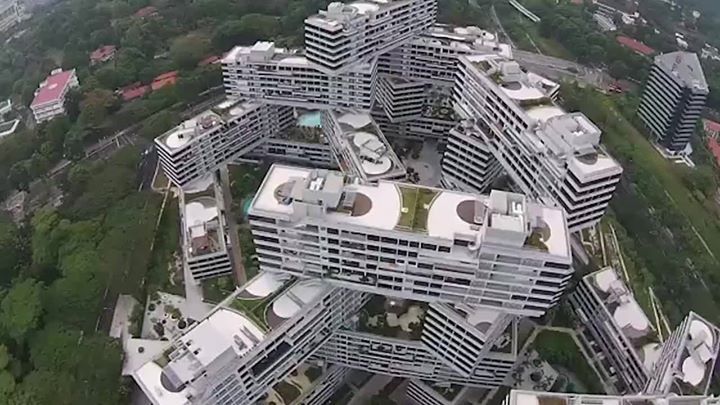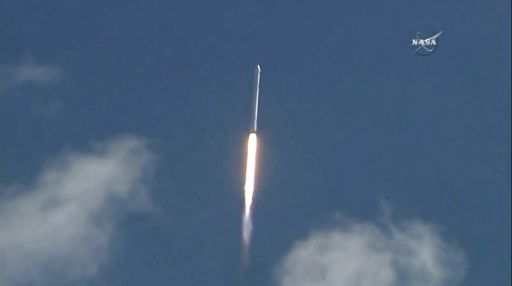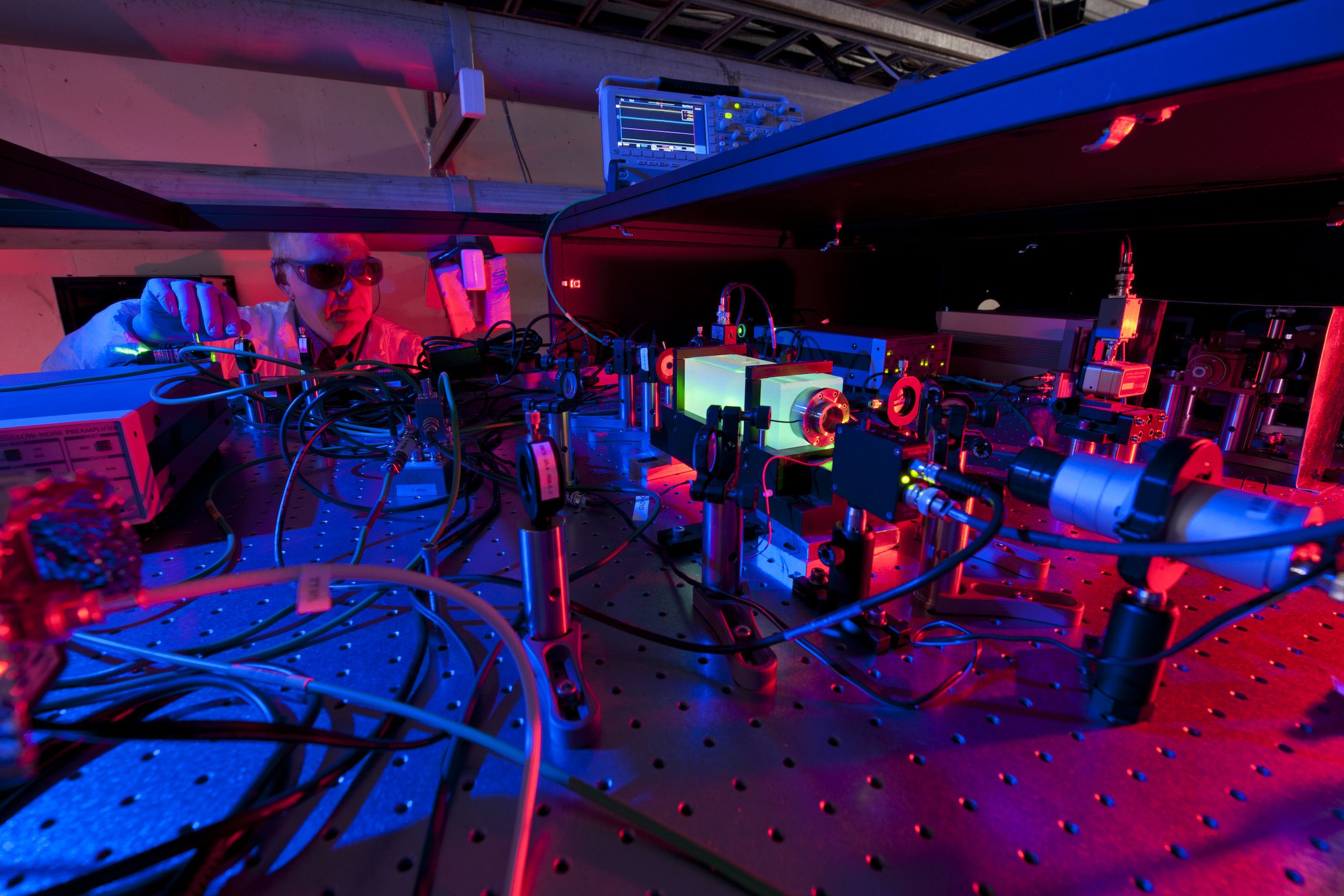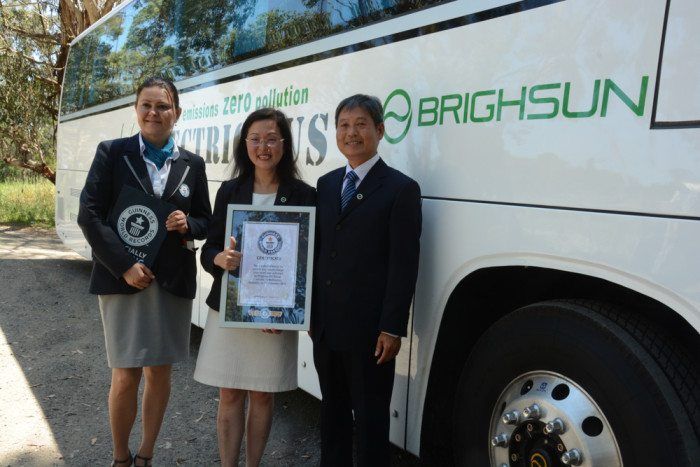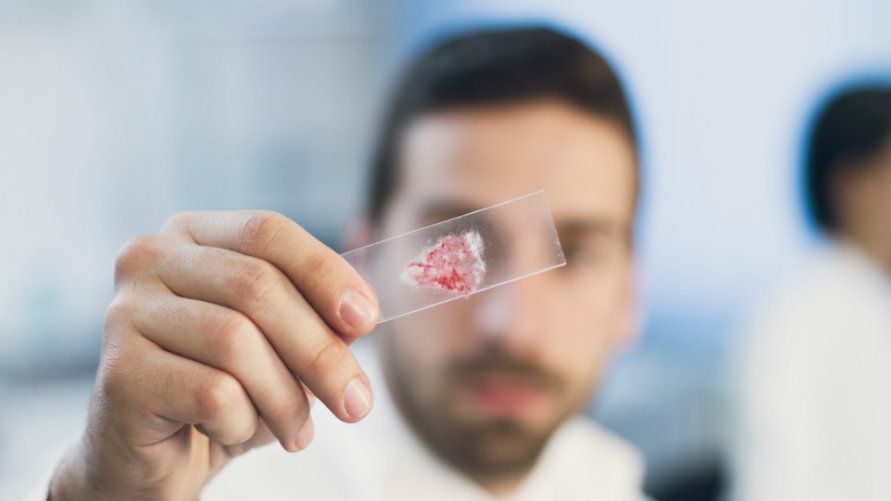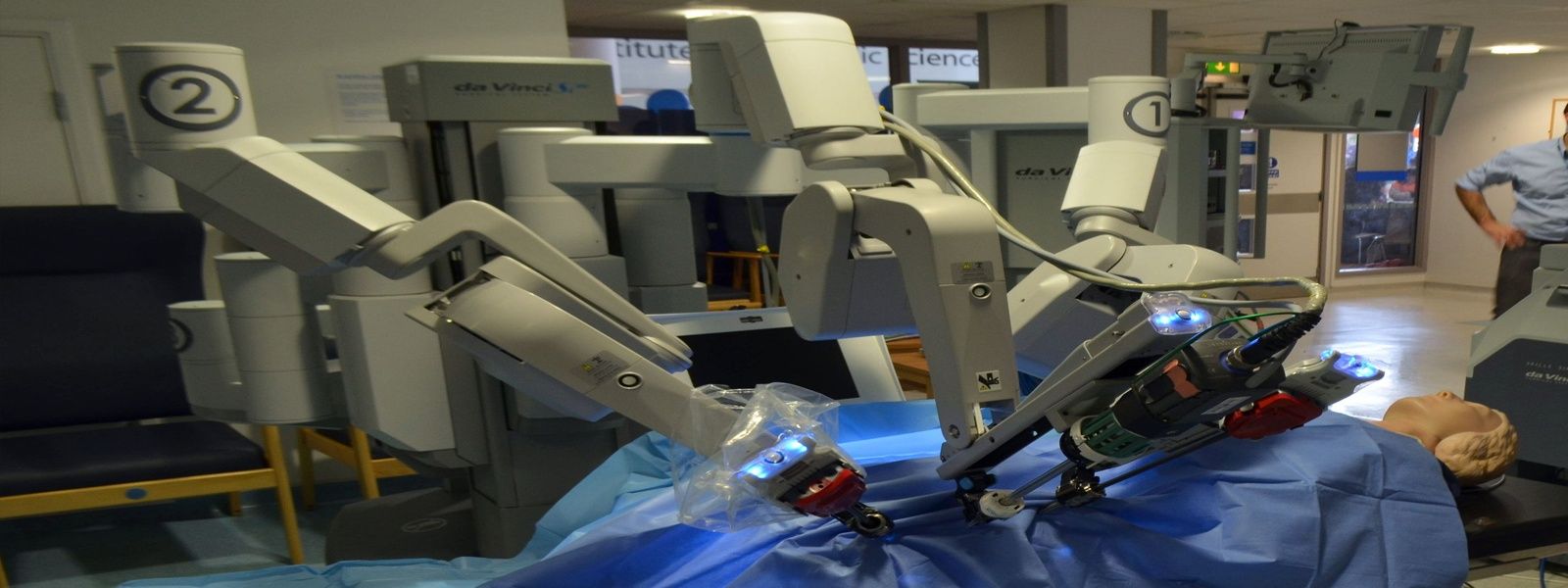Page 11526
Nov 20, 2015
NASA calls on SpaceX to send astronauts to ISS
Posted by Shailesh Prasad in category: space
SpaceX received orders Friday from the US space agency to send astronauts to the International Space Station in the coming years, helping restore US access to space, NASA said.
The announcement was a formal step in a process that began earlier this year when Boeing was given the nod by NASA to send crew to the orbiting outpost by late 2017.
Both Boeing and SpaceX have received billions in seed money from NASA to restore American access to the ISS, after the US space shuttle program was retired in 2011.
Nov 20, 2015
This new battery charges 10 times faster than the one in your smartphone
Posted by Shailesh Prasad in categories: energy, mobile phones
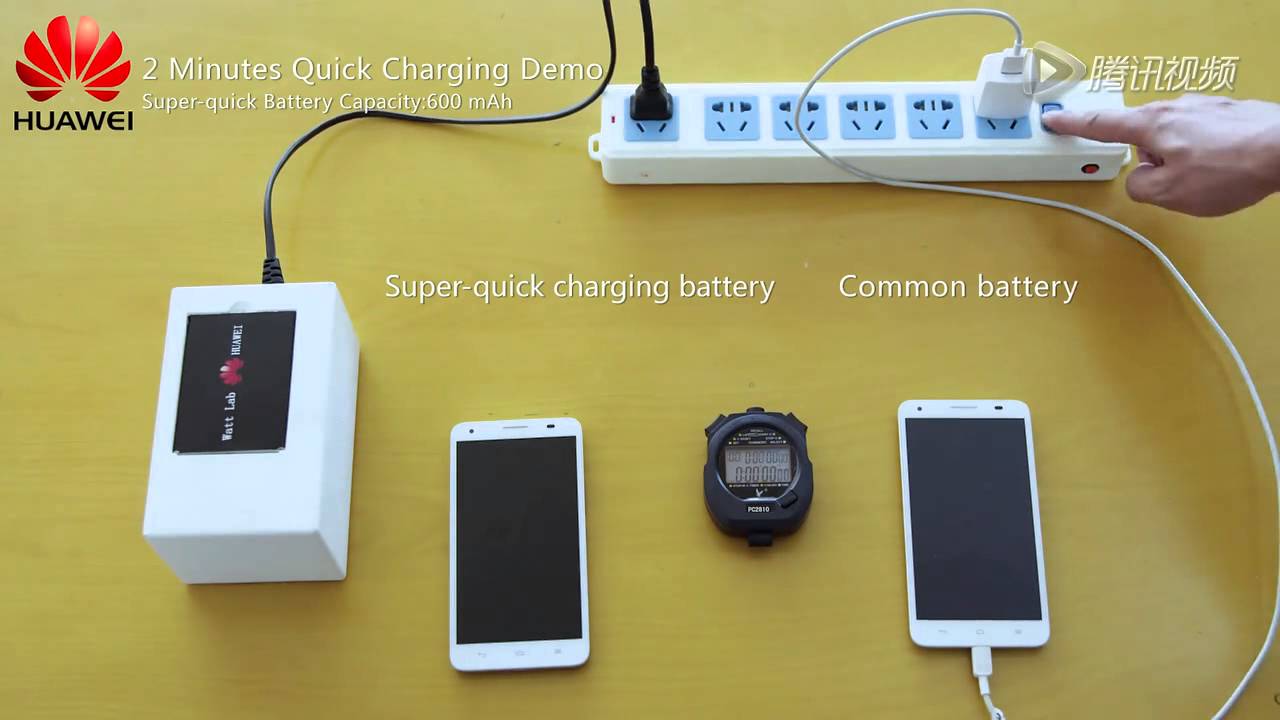
Chinese technology company Huawei has announced that its latest prototype battery fills up with power 10 times quicker than the ones in current smartphones. Huawei has been showing off the technology at the 56th Battery Symposium in Japan this week, where a 3,000mAh pack reached a 48 percent charge in just 5 minutes.
The lithium-ion batteries inside smartphones, tablets, and other similar gadgets have two main sections: an anode and a cathode. Electrons move from one section to the other while our devices are in use, and then back in the opposite direction as they are recharged.
Continue reading “This new battery charges 10 times faster than the one in your smartphone” »
Nov 20, 2015
There Is Growing Evidence that Our Universe Is a Giant Hologram
Posted by Andreas Matt in categories: computing, cosmology, information science, quantum physics
Old post,but interesting…
If the holographic principle does indeed describe our universe, it could help resolve many inconsistencies between relativistic physics and quantum physics, including the black hole information paradox. It would also offer researchers a way to solve some very tough quantum problems using relatively simple gravitational equations. But before we can be sure that we’re living in the Matrix, there’s still a lot of work to be done.
“We did this calculation using 3D gravitational theory and 2D quantum field theory, but the universe actually has three spatial dimensions plus time,” Grumiller said. “A next step is to generalize these considerations to include one higher dimension. There are also many other quantities that should correspond between gravitational theory and quantum field theory, and examining these correspondences is ongoing work.”
Continue reading “There Is Growing Evidence that Our Universe Is a Giant Hologram” »

For more info visit: www.SICvisuals.com
Pre-Orders on our website: http://sicvisuals.com/product/ghost-pre-order/
Nov 20, 2015
The Ghost — DSLR Camera Stabilizer — Moving in Place
Posted by Shailesh Prasad in category: robotics/AI
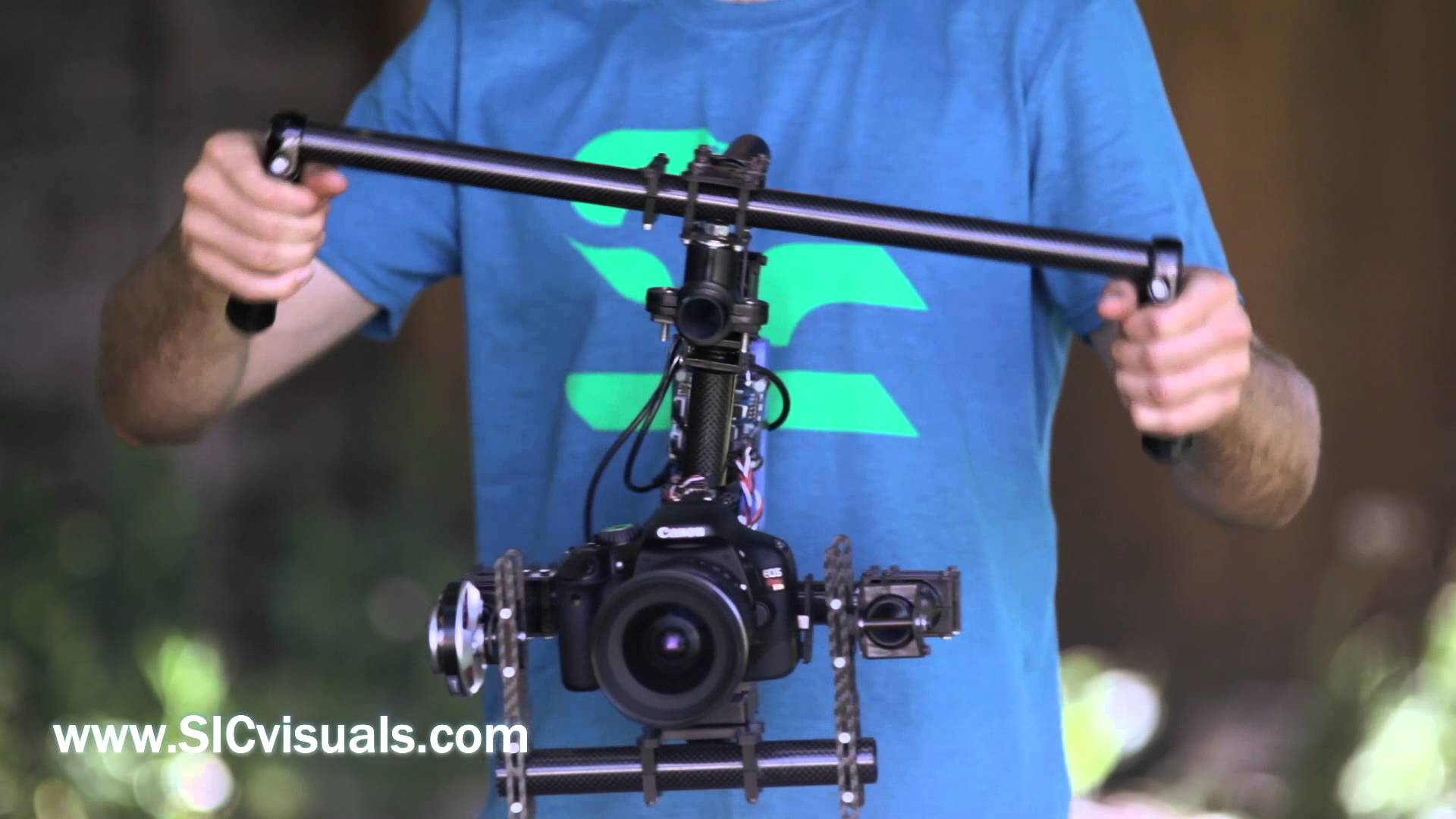
Check out the Ghost’s new 3rd Axis with Follow mode in the video: https://www.youtube.com/watch?v=v3HC9WAG5AA&feature=share&li…2cMLxEuD_g
The Ghost is a robotic camera stabilizer designed for DSLR’s, micro 4/3rds, blackmagic, and smaller video cameras.
Continue reading “The Ghost — DSLR Camera Stabilizer — Moving in Place” »
Nov 20, 2015
Australian all-electric bus drives into record books – 1,018km on one charge
Posted by Shailesh Prasad in category: transportation
After successfully driving from Melbourne to Sydney on one charge, Brighsun’s all-electric bus has clocked a Guinness World Record of 1,018km on one charge.
Nov 20, 2015
Scientists Crack the Code to Protein Self-Assembly
Posted by Shailesh Prasad in categories: biotech/medical, computing, genetics
New findings out of Duke University will allow medical researchers to act like computer programmers except with genetic code rather than digital.
Nov 20, 2015
Medical robots – the future of surgery?
Posted by Julius Garcia in categories: biotech/medical, business, robotics/AI
For some people the idea of being operated on by a robot might sound horrifying, particularly if there isn’t even a doctor in the room to check that everything is running smoothly. Surgery is in any case a risky business that few would undertake willingly if it wasn’t absolutely necessary, and it seems unlikely that the spectacle of an enormous machine with mechanical arms attached to surgical scalpels would reassure anyone about having to undergo an operation. However, the use of robotic surgery has spread rapidly in recent years and for some types of operations it is becoming the standard. While there is a lot of controversy surrounding the topic, many doctors see surgical robots as a vital tool to provide better medical care and lower the risks associated with surgery.
History of robotic surgery
The roots of robotic surgery go back to the mid-1980s, when a robotic surgical arm was first used to perform a neurosurgical biopsy. Two years later, the first robot-assisted laparoscopic (i.e. keyhole) operation was conducted, a cholecystectomy. The following years saw continued advances in the area of robotic surgery, which was used for a growing range of surgical procedures. One of the earliest robotic surgical systems to enter into general use was the ROBODOC system, which came on the market in the early 1990s and allowed surgeons conducting hip replacements to mill the femur with more precision that would have been conventionally possible.
Nov 20, 2015
Quantum entanglement achieved at room temperature in semiconductor wafers
Posted by Sean Cusack in categories: computing, electronics, particle physics, quantum physics
Entanglement is one of the strangest phenomena predicted by quantum mechanics, the theory that underlies most of modern physics. It says that two particles can be so inextricably connected that the state of one particle can instantly influence the state of the other, no matter how far apart they are.
Just one century ago, entanglement was at the center of intense theoretical debate, leaving scientists like Albert Einstein baffled. Today, however, entanglement is accepted as a fact of nature and is actively being explored as a resource for future technologies including quantum computers, quantum communication networks, and high-precision quantum sensors.
Entanglement is also one of nature’s most elusive phenomena. Producing entanglement between particles requires that they start out in a highly ordered state, which is disfavored by thermodynamics, the process that governs the interactions between heat and other forms of energy. This poses a particularly formidable challenge when trying to realize entanglement at the macroscopic scale, among huge numbers of particles.
